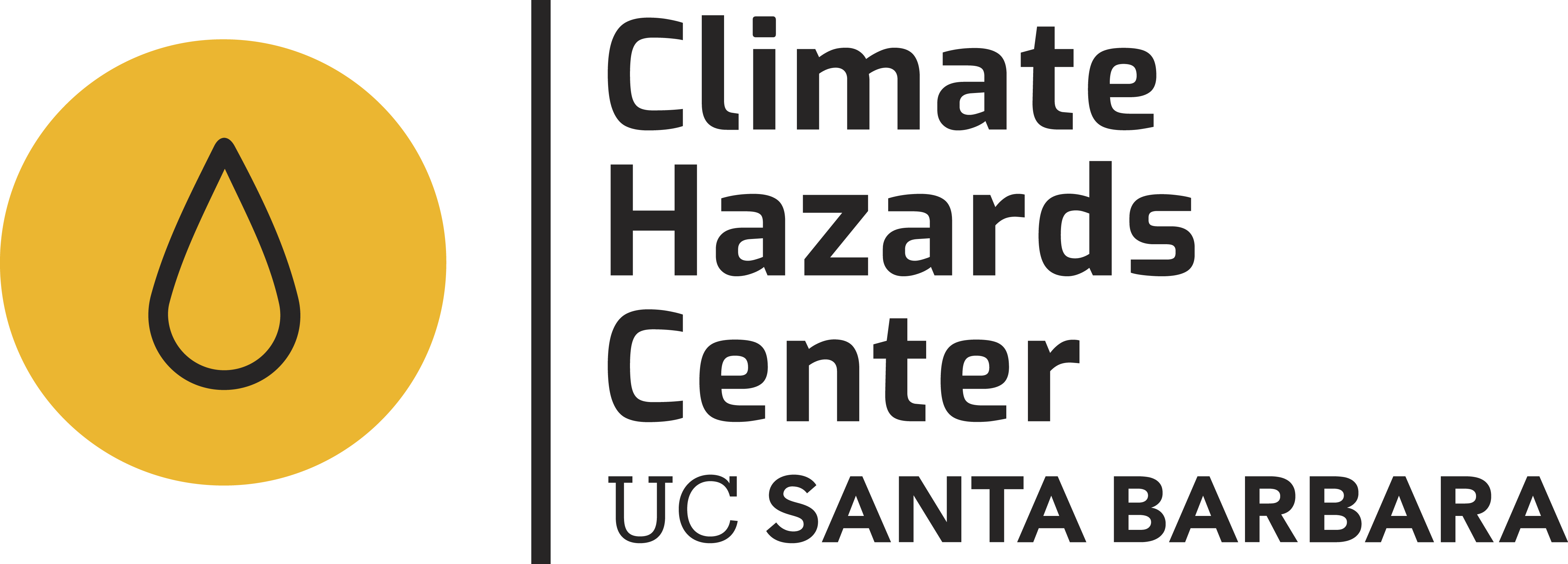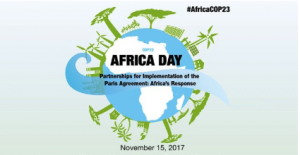On Africa Day of COP23, the 23rd Conference of the Parties to the United Nations Framework Convention on Climate Change (UNFCCC), the Planning for Resilience in East Africa through Policy, Adaptation, Research, and Economic Development (PREPARED) Program presented a brief report on vulnerability, impacts, and adaptation assessment (VIA) in the East Africa region (with a special focus on the Lake Victoria Basin) to support programs and development plans by decision and policy-makers. Chris Funk of the Climate Hazards Group contributed to the report and is listed as the lead author. Gideon Galu coordinated the creation of the report. The PREPARED Program is a five-year, multi-organization, comprehensive program aimed at mainstreaming climate-resilient development planning and program implementation into the East African Community (EAC) and its Partner States' development agendas. It is funded by the U.S. Agency for International Development's East Africa Regional Mission (USAID/East Africa—USAID/EA). The Project's goal is to strengthen the resiliency and sustainability of East African economies, trans-boundary freshwater ecosystems, and communities.
From the report:
The objective of this report is to provide brief and succinct climate vulnerability information for decision and policy-makers in the East Africa region to support their programs and development plans. The report draws from studies carried out by local climate scientists as part of the vulnerability, impacts and adaptation assessment (VIA) of the East African region with a special focus on the Lake Victoria Basin (LVB).
The study undertaken by the East African Community (EAC) with the support of the USAID/Kenya and East Africa Planning for Resilience in East Africa through Policy, Adaptation, Research, and Economic Development (PREPARED) Project adopted the Intergovernmental Panel on Climate Change (IPCC) vulnerability assessment framework and used both locally observed climate data and socio-economic information for the last 30 years (1981-2010) coupled with future modelling results. The VIA team, working through strategic regional and institutional partnerships, applied innovative approaches to determine the local impacts of climate variability and change and the region's vulnerability to the current and expected future climate.
What unfolds is evidence of dramatic and unprecedented changes in EAC's climatic patterns at regional, national and community scale, with adverse impacts already being felt on social, physical, ecological and economic systems. The impacts are more severe than earlier reported by PCC in 2013 and 2016. It is noted that these earlier IPCC projections have been used to inform the current EAC and Partner States climate change strategic plans and visions. A historical analysis of surface temperature trends of Nairobi and its environs shows steady warming of more than 2.500 C in the recent 50 years (Box 1a). Similarly, warming trends are currently evident in East African highlands, gradually reducing its suitability for coffee cultivation and explaining the region's increasing susceptibility to highland malaria. Apart from the region getting hotter, it is also becoming drier at an alarming rate; with rainfall declining by 20–100 mm/decade, unreliable rainfall patterns, longer dry spells, and shortened length of staple food growing periods, mostly in marginal agricultural and pastoral zones.
You can read the report here.
The purpose of the COP23 meeting in Bonn is to hash out details of how to implement the Paris climate accord, signed by nearly 200 countries in December 2015 in an effort to curb carbon emissions and contain global warming to 2C. The accord officially goes into effect in 2020.
Originally published 11-15-2017
October 31, 2019 - 4:17pm

